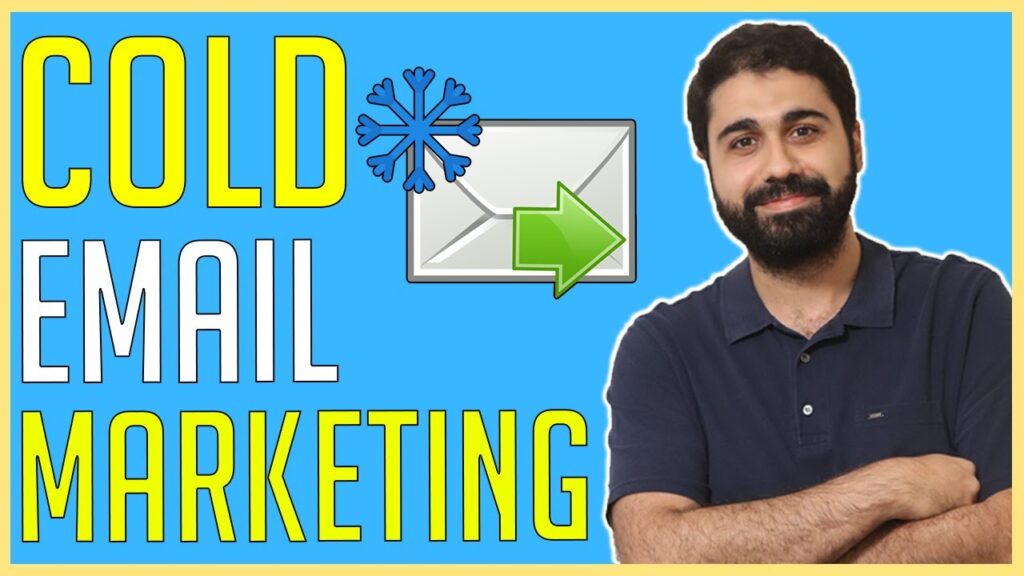
Whether you despise or adore cold emailing, it can be quite effective. And if you’ve ever attempted to send cold emails, you’re probably aware of two things: one, automating these emails enables you to reach a larger audience and achieve greater success. Two, automation is useless if your emails are not personalized. It is possible to send effective, personalized emails by utilizing your email marketing software and CRM platform. Before you begin your cold email campaign, there are a few things you should know.
1. Consistently update your customer data and profiles
Your cold email campaign’s success is highly dependent on one factor — personalization. If you want to personalize an email, you can do so by targeting it at a particular audience or recipient. This is easier said than done — the best way to accomplish this is by manually writing emails.
When you write emails at scale, personalization refers to the use of various pieces of information about a target, such as their industry, company size, location, interests, business goals, and target audience. It is not a good idea to wing it here and send the same email to a company with ten and a company with five hundred employees.
Your CRM platform is almost certainly the central repository for all of your customer data. It’s critical to fill out as many fields as possible in a customer profile. This will require additional work initially, but it will increase the likelihood of conversions from your cold emails.
2. Make sure the right information goes in the right place
The automated cold email process is contingent upon the correct information being entered in the correct location and the correct emails being sent to the correct recipients. To make this all work, your CRM and email marketing applications must work well together. Prior to subscribing to an email marketing app or CRM platform, inquire about its integration capabilities. Additionally, there are solutions that combine CRM and email functions into a single platform.
Most importantly, you want to ensure that all fields in your cold emails are properly filled out and that the emails are sent to the appropriate audience segments. Even if you’re confident that your tools work well together, always send a test campaign to ensure that the emails look good and that every field is correctly filled in.
3. Master the art of follow-up
Unfortunately, cold emailing is not as straightforward as sending one email and waiting for conversions. Typically, it will take several follow-up emails to a first email before a human being responds. To ensure a successful follow-up campaign, remind the recipient of the value and nature of the product or service you are providing. Then, send emails at reasonable intervals that are not intrusive or annoying.
Write your emails in advance and establishing rules for follow-up emails. For instance, if no one responds after a week, consider sending a second email to those recipients reminding them of your initial message. Once you receive a response from a real person, you can and should respond independently.
Conclusion
Automation can significantly simplify your cold email marketing campaigns. However, you may need to do some legwork at the start of your cold email campaign. Always keep your data up to date, check that your systems are functioning properly, and master the art of follow-up. If you follow these steps when preparing for your cold email campaign, you will have completed the majority of your work.